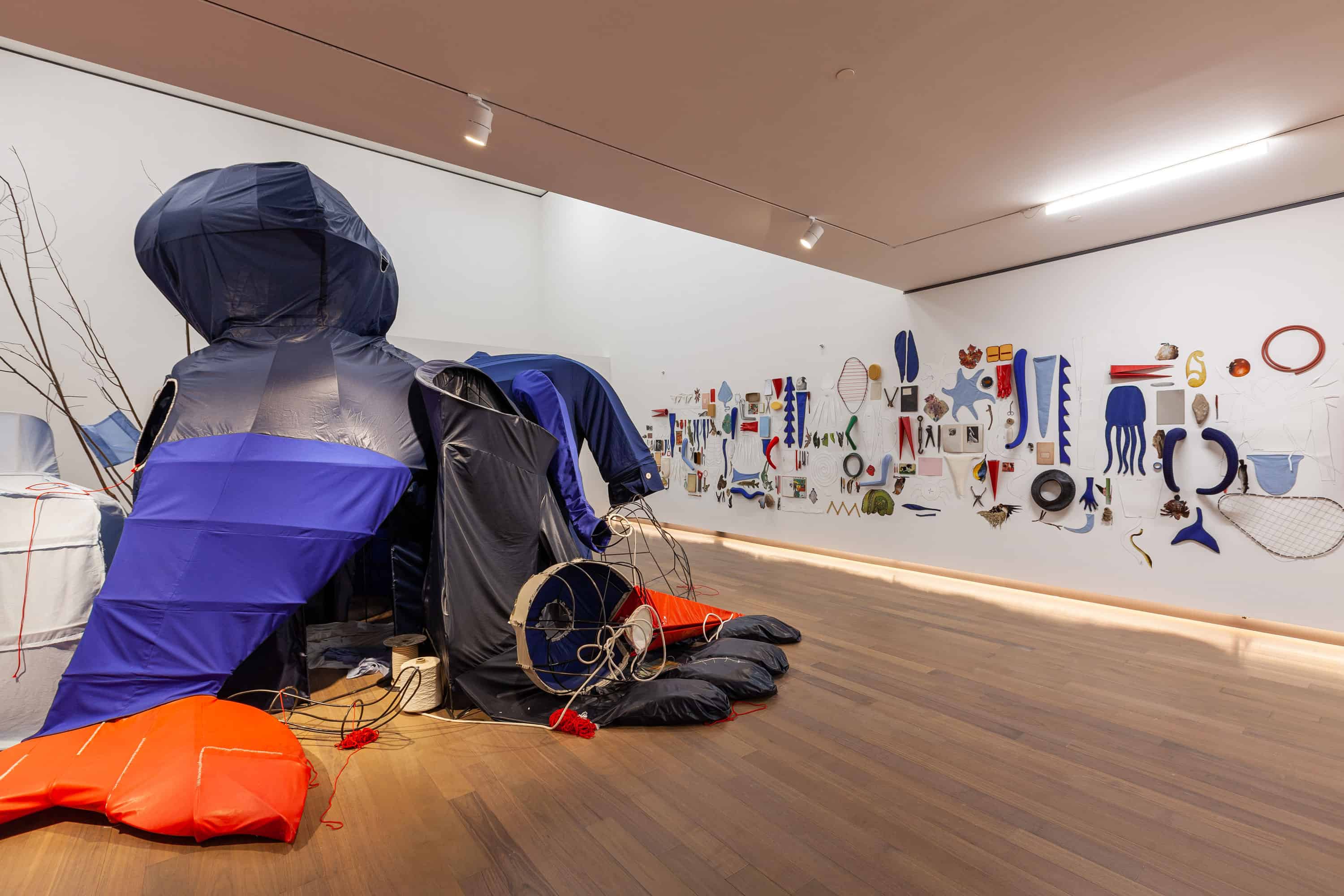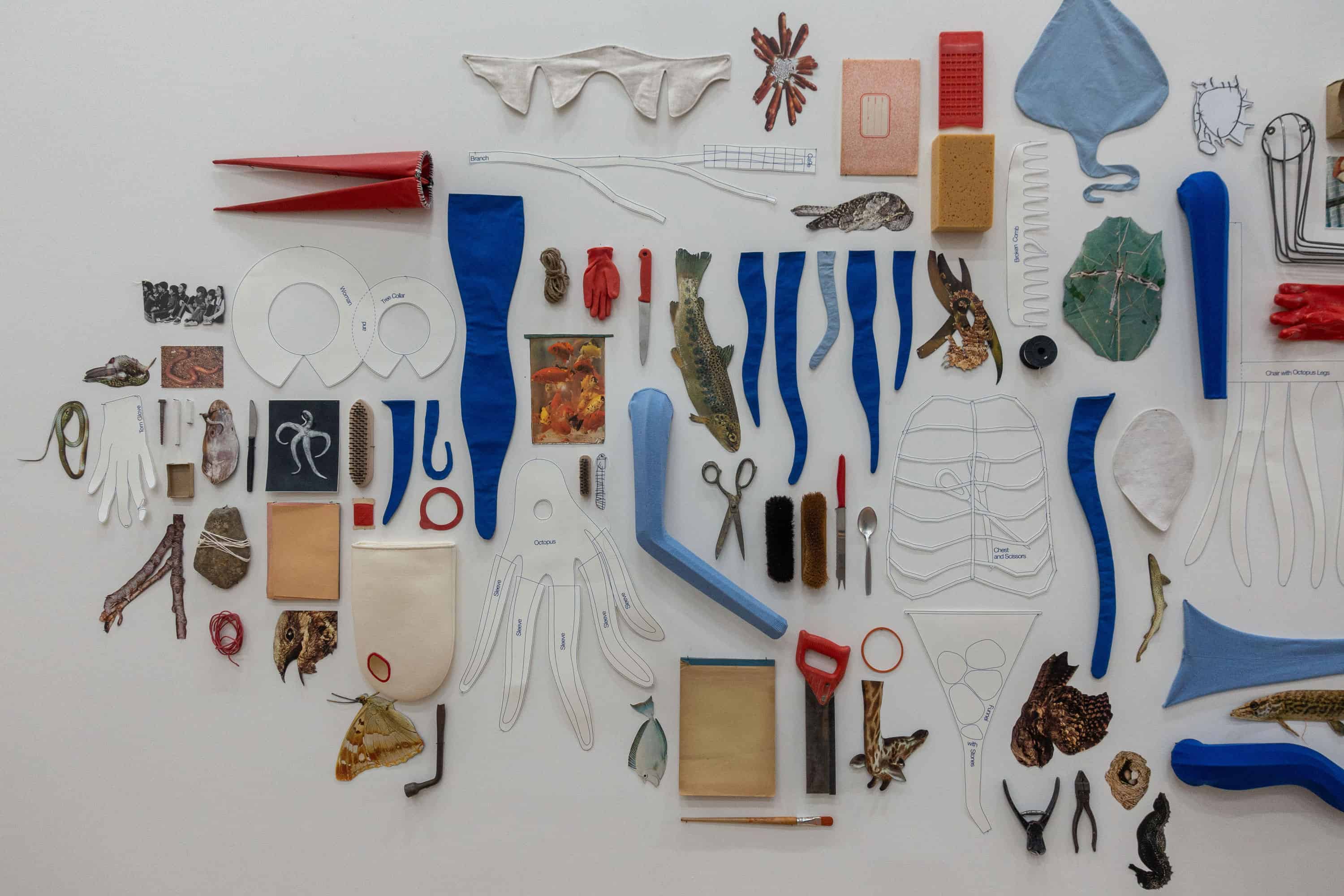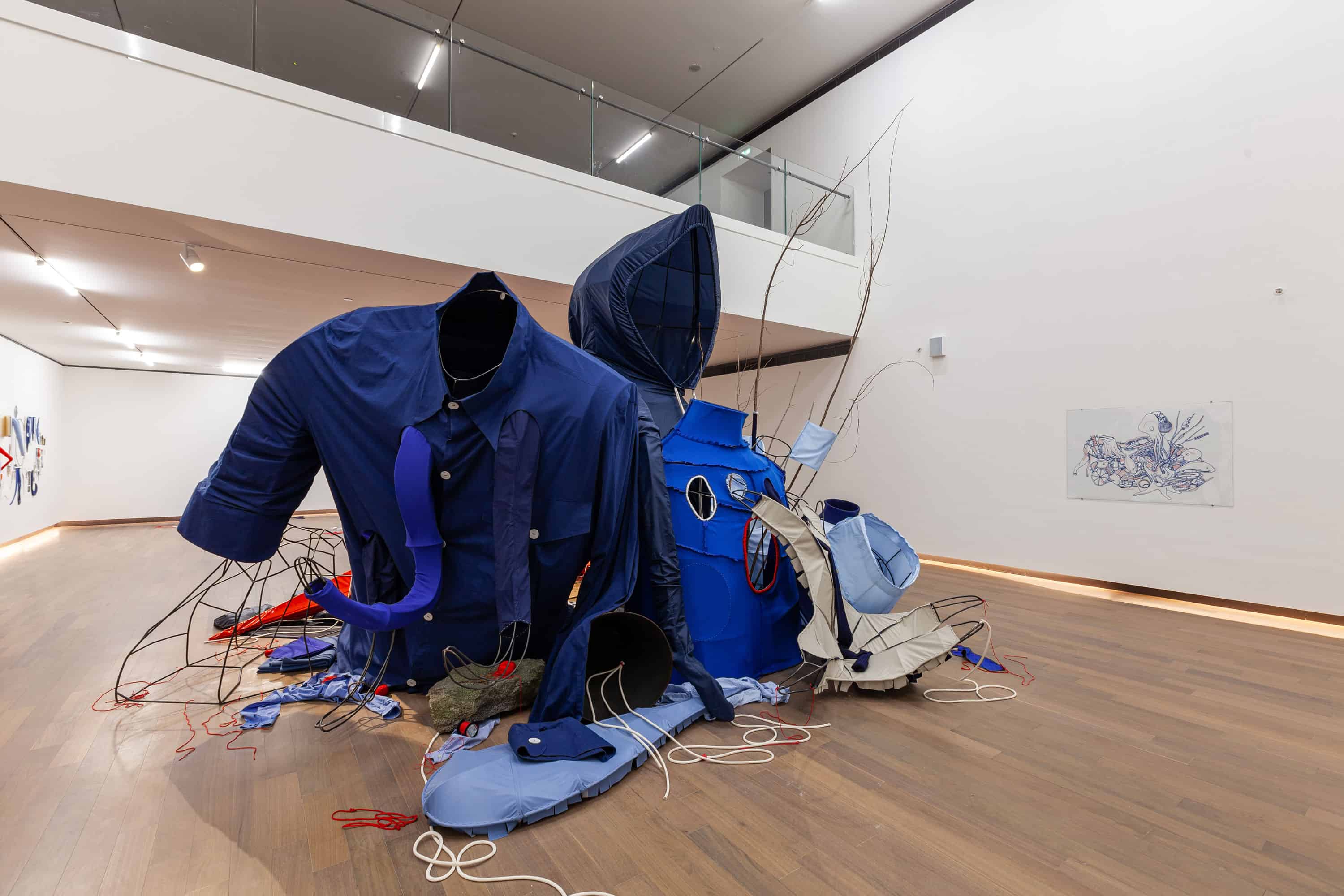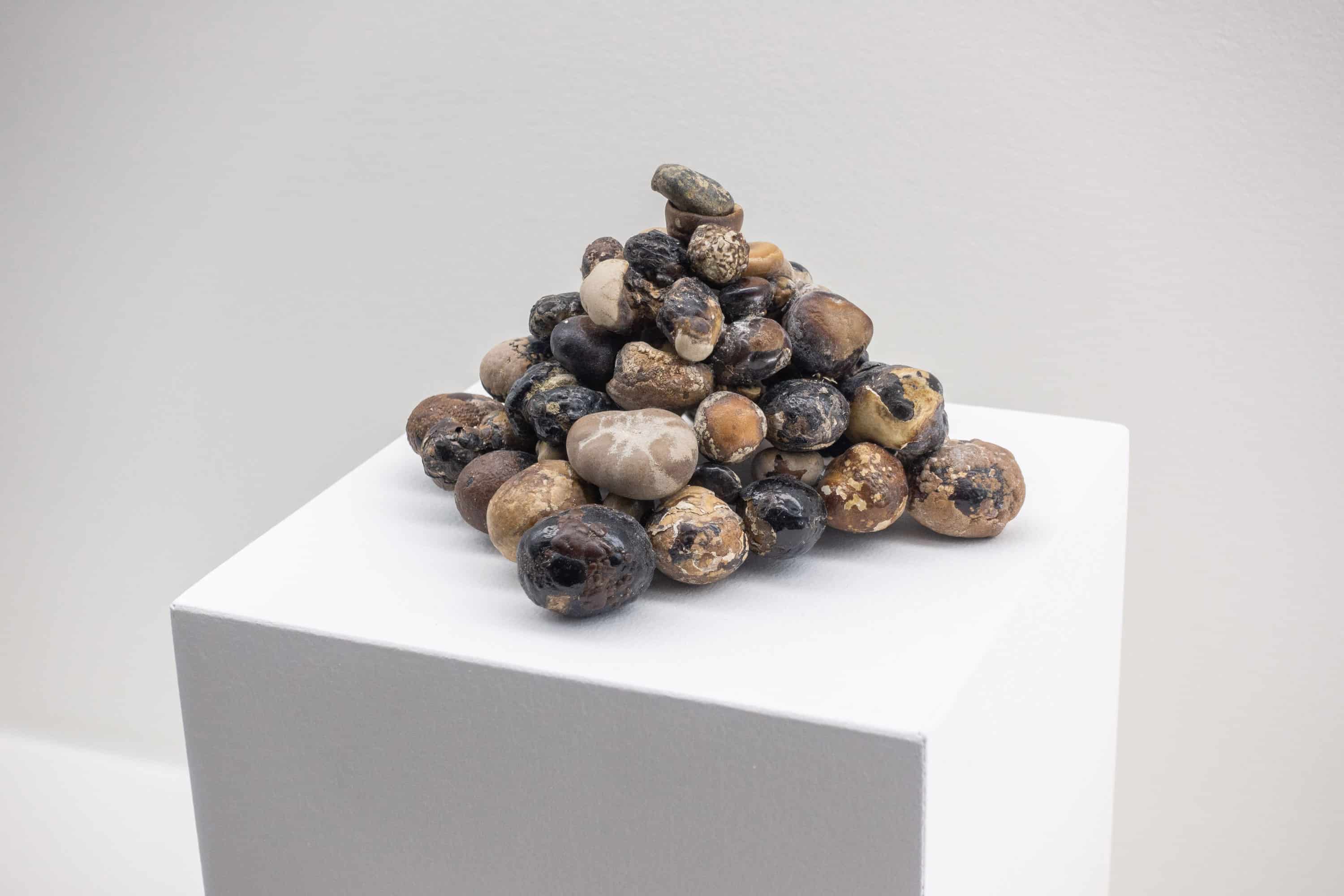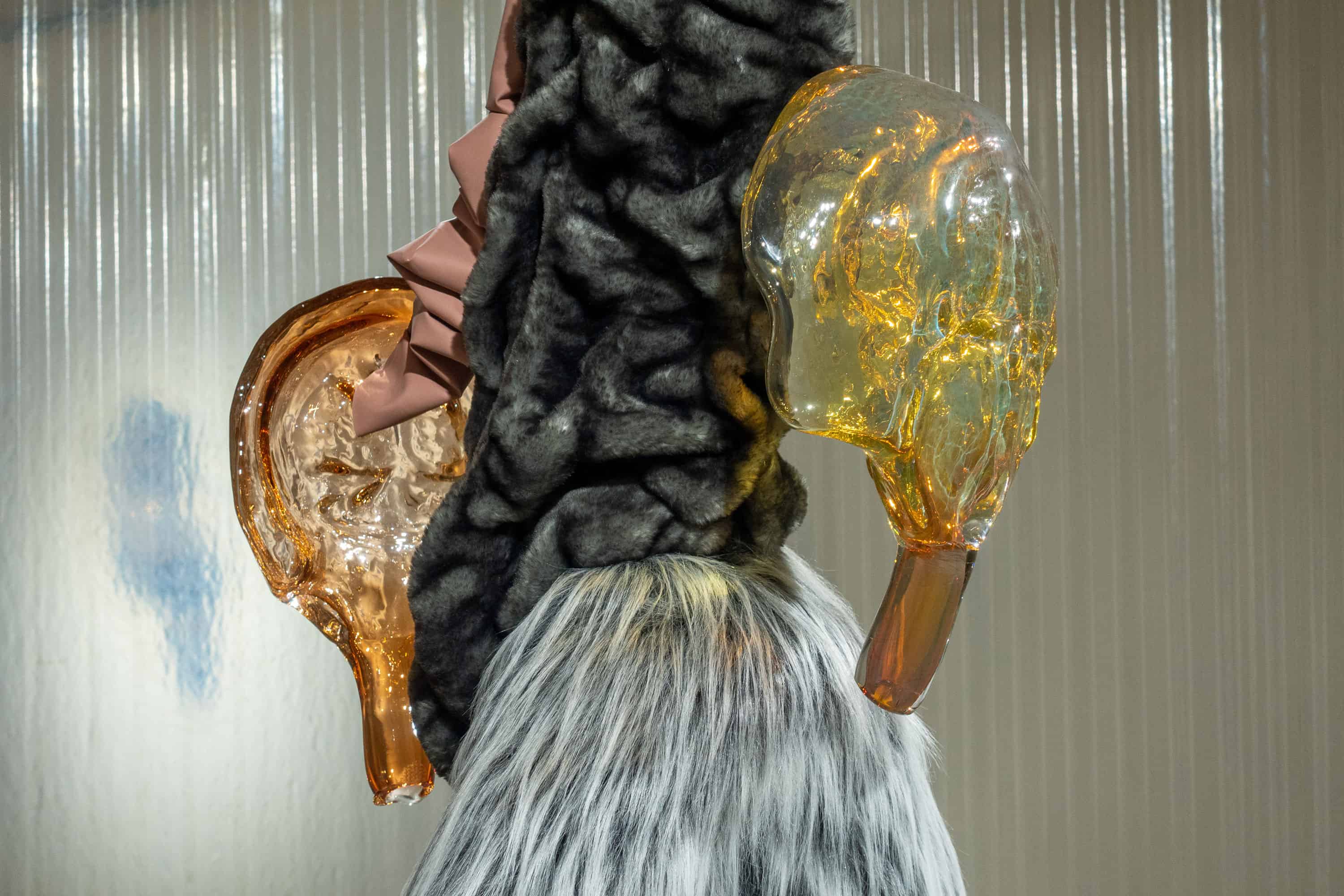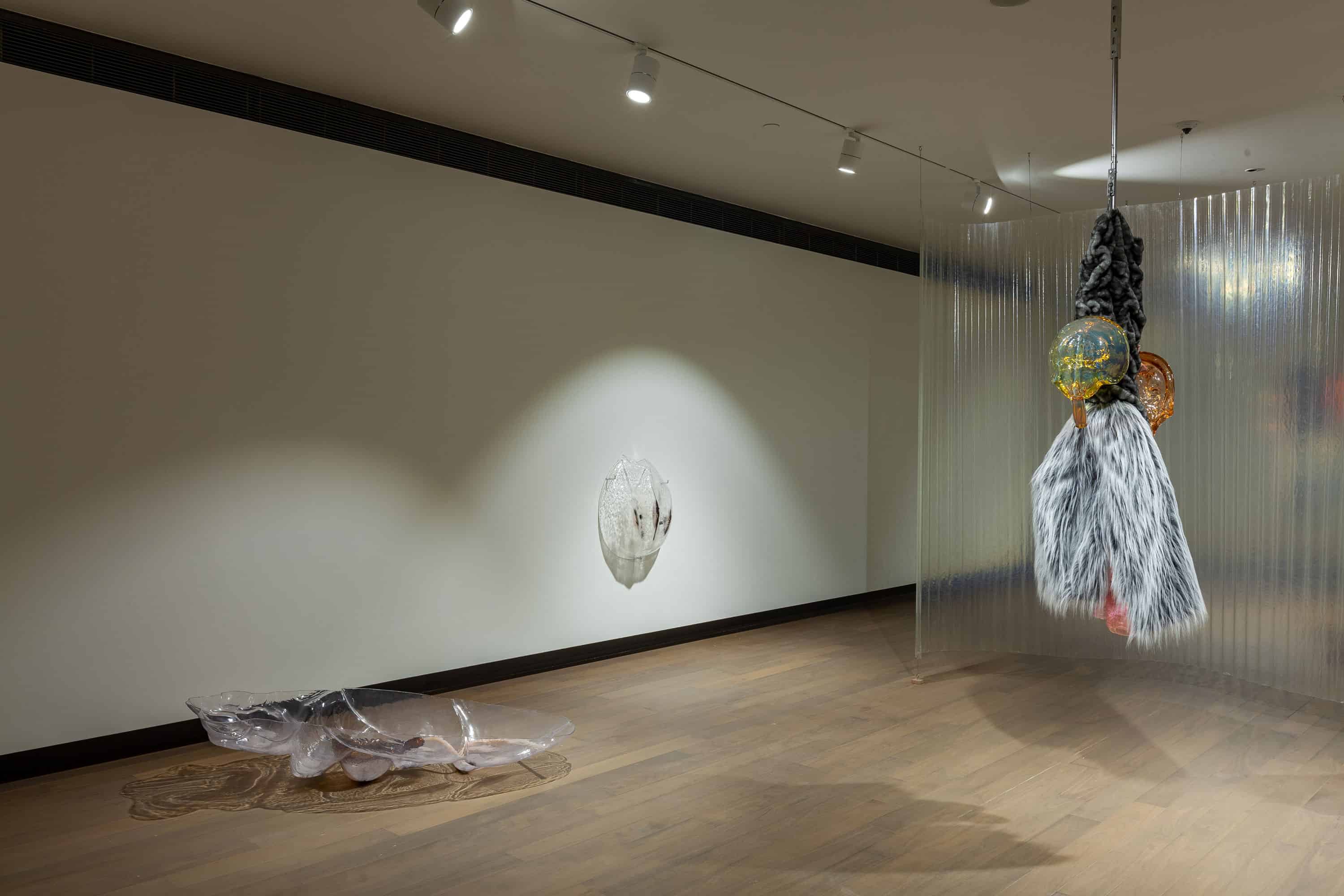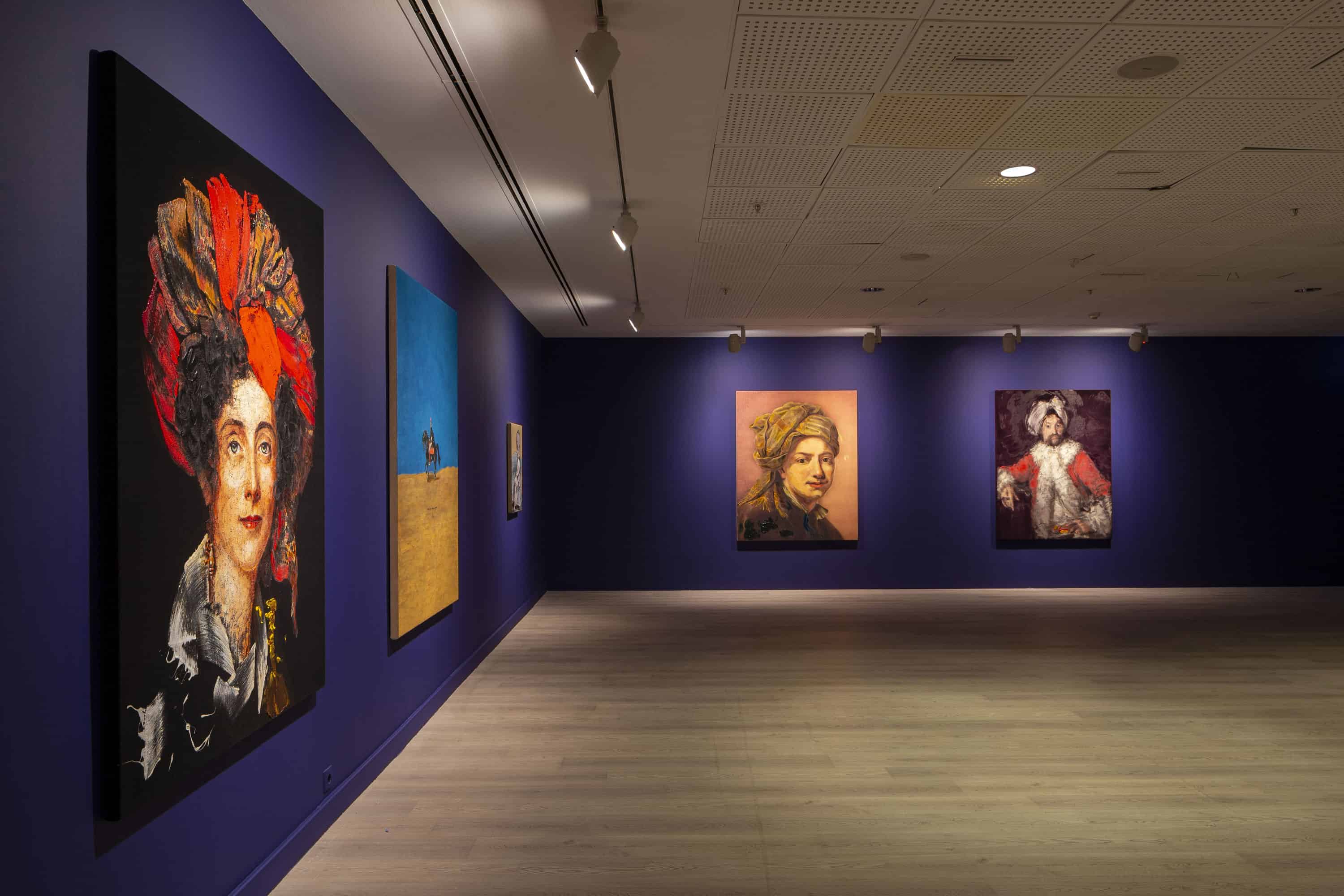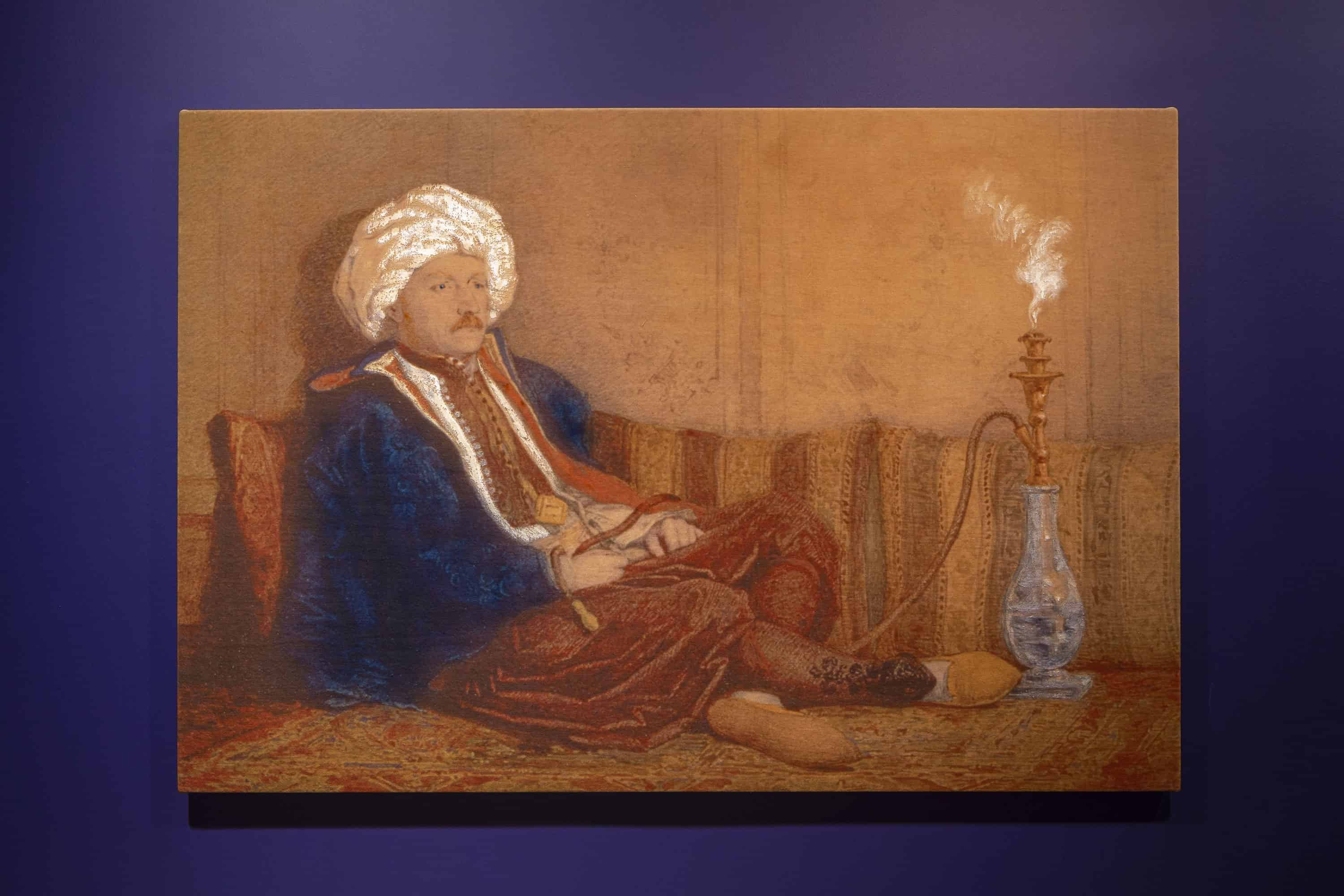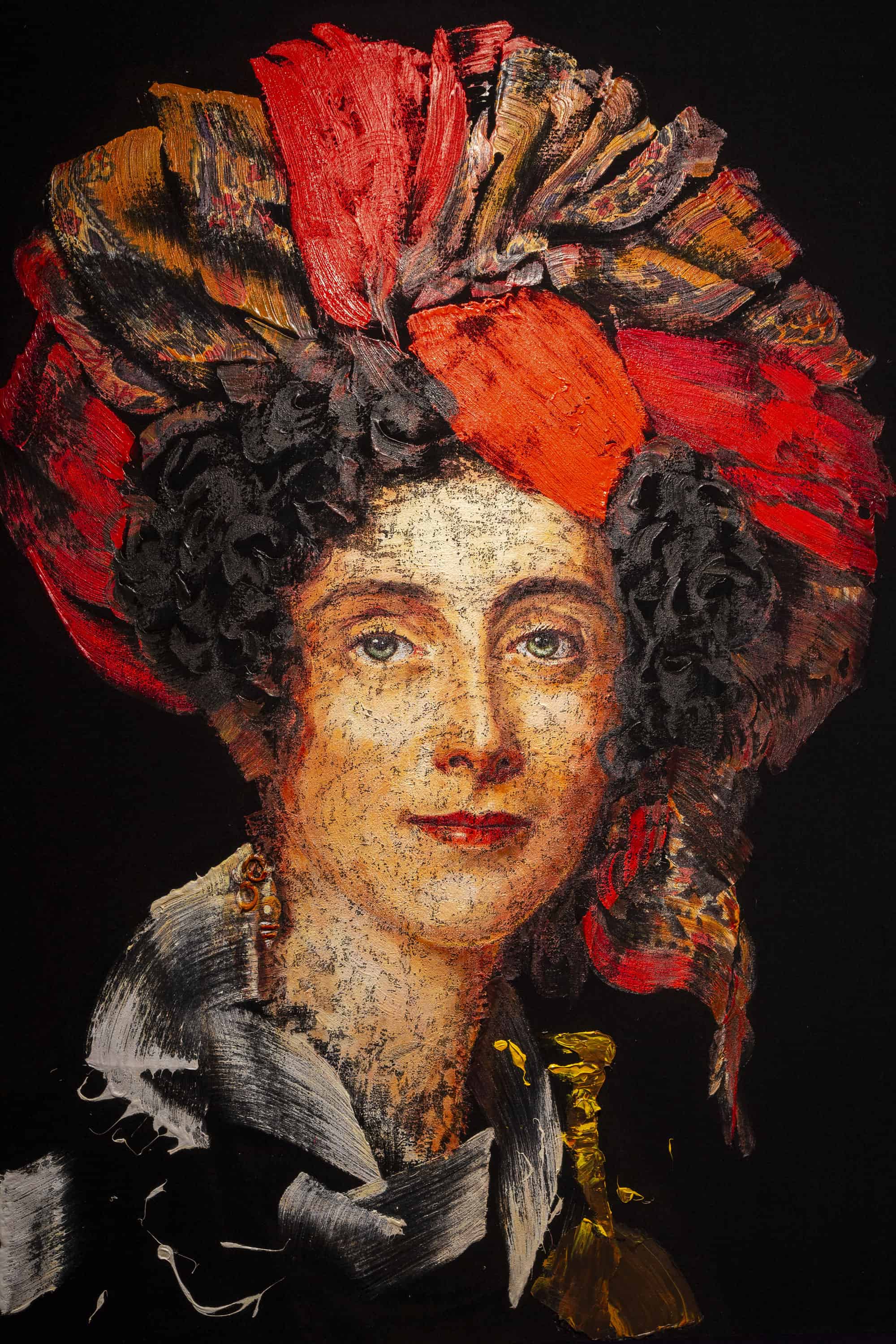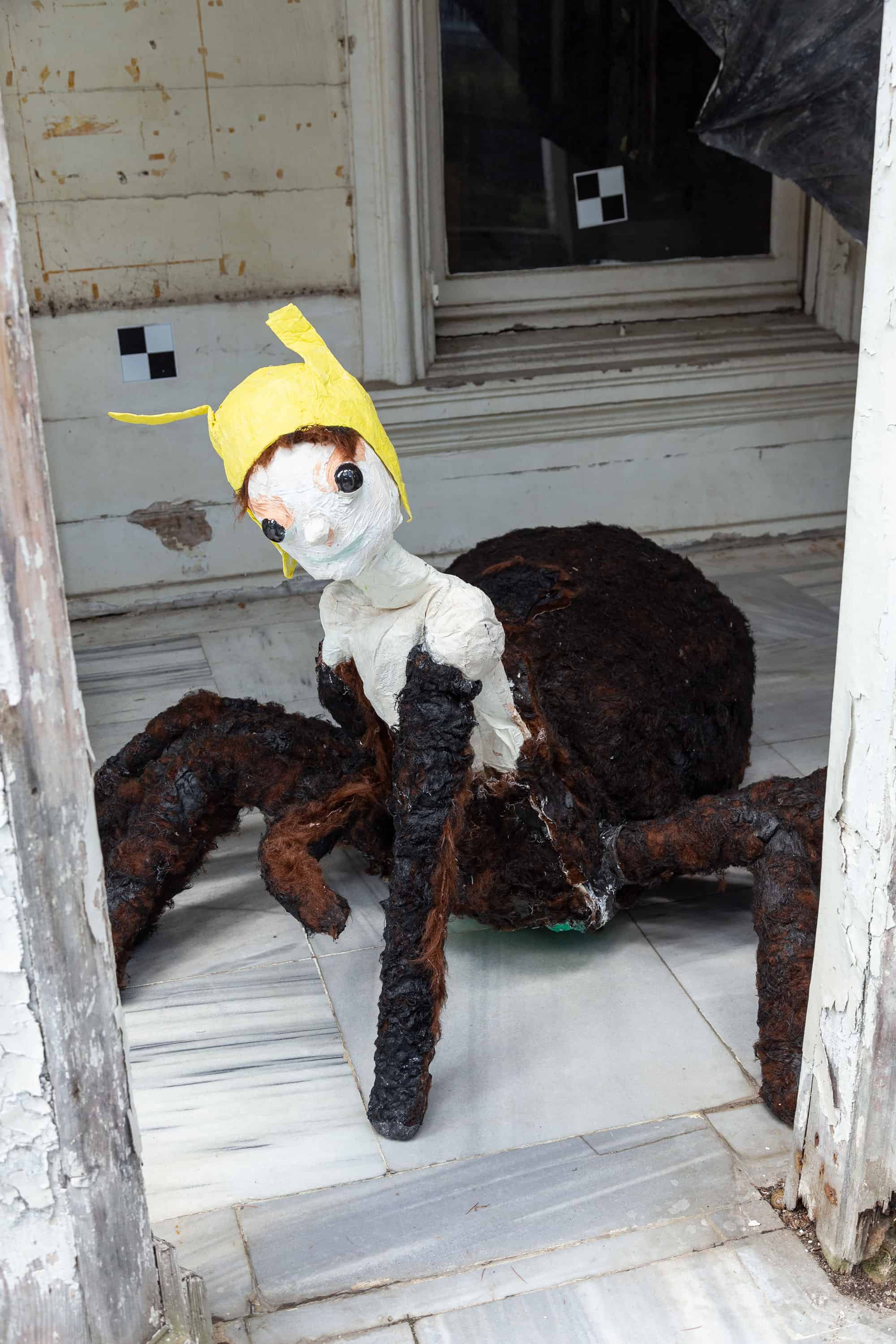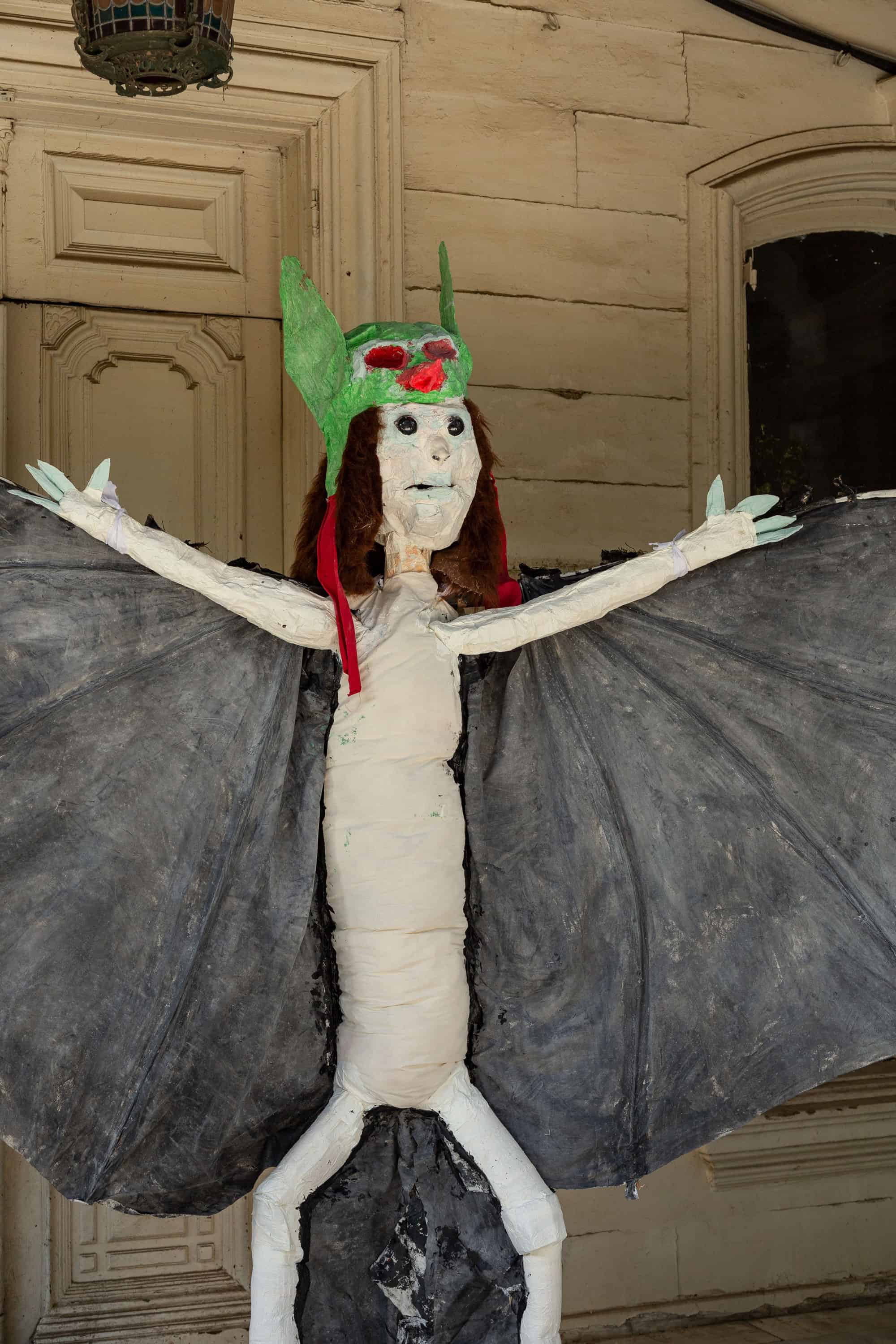The 16th Istanbul Biennial, curated by Nicolas Bourriaud, runs until 10 November and features more than 220 works by 56 artists. Organised by the Istanbul Foundation for Culture and Arts since 1987, it has become the main hub in Istanbul for the introduction, debate, and assessment of current paradigms in both the theory and practice of local, international, and transnational contemporary art. This year’s edition, entitled ‘The Seventh Continent’, focuses on the devastation effects of humanity on nature. It takes its name from the Great Pacific garbage patch, made mostly out of plastic waste, that now covers no less than 3.4 million square kilometres of our oceans. According to the chief curator Nicholas Bourriaud, there is a paparell between this superficial continent and the world we live in. Considering the rise of nationalisms, misogyny and environmental crisis, we currently experience the total fragmentation of basic rules and norms, which turns our environment into an “archipelago of disparate thoughts’. The key theme of the 16th Istanbul Biennial is the reinvention. Artists from 25 countries have been invited to take up the role of anthropologists and to explore this new decentred world, called The Seventh Continent. Here, we look at some of the most interesting pieces and their authors.
Czech artist, lives and works in Prague. Her work deals with the social, institutional and physical structures of everyday life, its rules and restrictions. In her works, she puts a special emphasis on groups or individuals who are excluded, discriminated or silenced, trying to find an alternative way of expression for them. She realized solo exhibitions held at Pirelli Hangar Bicocca, Milan (2018), 21er Haus, Vienna (2017); Museum Haus Esthers, Krefeld; Maccarone and ISCP, New York (2016). In her recent work for the biennale, Eva Koťátková is raising the issue of empathy, presenting it as a force through which you can act and understand the world around you. The art piece, entitled Machine for Restoring Empathy, takes the form of a room-sized installation that hosts a sewing and storytelling workshops. The installation, made from pieces of fabric, offers a protected environment for people, animals, plants, and other beings that are wounded or incomplete.
Born in Łódź (Poland), lives in New York. The artist explores the possibilities of distinction interference between fiction and reality or nature and culture, that may be caused by the operation of complex social and economic systems. She often brings up the issue of collective intelligence, AI and crowdsourcing, investigating the evolution of culture and labor under cognitive capitalism. Her solo exhibitions and projects include The End of Signature, Guggenheim Museum, New York (2015); Exformation, Sculpture Center, New York (2013); and Assembly Line, CCA, Tel Aviv (2017). During the Istanbul Biennial, Kurant is presenting several of her works, including Conversations#1: a perpetually evolving, AI-powered liquid crystal painting, created using sentiment analysis algorithms based on social media accounts of protest movements’ groups. Another interesting piece is a speculative geological formation, called Post-Fordite, created from fragments of congealed and fossilized automotive paint that accumulated over the years at car factories which no longer operate.
A cooperative artist duo formed by two Lithuanian artists, Neringa Černiauskaitė and Ugnius Gelguda in 2014. They are currently based in Berlin and Vilnius. Through their work, the duo is trying to explore the influence of technology on the current economy and the physical reality itself. Their recent solo exhibitions include Underbelly, Museum der Bildenden Künste Leipzig, Leipzig (2019); Extrakorporal, Bielefelder Kunstverein (2018); Vanilla Eyes, MUMOK, Vienna (2016). Commissioned especially for the Biennial, the sculptural installation by Pakui Hardware explores organs grown and cultivated outside the human body, turning a spotlight on the issue of regenerative medicine and tissue engineering. According to the artists, the Extrakorporal installation dives into the vast waters of tacit knowledge of non-human species and their abilities to rejuvenate, regenerate, to be immortal. The whole exhibition that consists of 5 extraordinary sculpture pieces made out of glass, artificial fur, textiles, leather, silicone, metal and plastics, is available to see at the Istanbul Painting and Sculpture Museum.
Born in Warsaw (Poland), lives in New York and Warsaw. Uklański explores many types of media, such as sculpture, photography, collage, performance, and film, which helps him express multiple cultural references. An ongoing theme in Piotr Uklański’s practice is the role of photography in establishing commonality, in making and challenging group identity. His recent solo exhibitions include: Polska, The National Museum in Krakow (2018); Fatal Attraction: Piotr Uklański Photographs, The Metropolitan Museum of Art, New York (2015); Fatal Attraction: Piotr Uklański Selects from the Met Collection, The Metropolitan Museum of Art, New York (2015). During the biennale, the artist presents his series Eastern Promises that focuses on historical connections between Poland and the Islamic world. The artist makes an explicit reference to the issue of Islamophobia that is spreading today in the Western countries. The exhibition venue is Pera Museum, Istanbul.
Bristih artist, lives and works in Glasgow. Her work combines traditional visual art with performance and video, and her handmade costumes are a trademark. Chetwynd describes her work as ‘impatiently made’, often re-using cheap materials that are easy to process. She emphasizes the importance of collective development by actively cooperating with many other performers. Her aesthetics is a mix of grotesque, humour, sexuality and spookiness. Chetwynd’s recent solo exhibitions include: De Pont, Tilburg (2019); Villa Arson, Nice (2019); Winter Commission, Tate Britain, London (2018); The Owl with the Laser Eyes, Fondazione Sandretto Re Rebaudengo, Turin (2018). Chetwynd’s contribution to the Istanbul Biennial is in two parts. The first is a series of sculptures on Büyükada island depicting hybrid creatures, melding a snake, a crocodile, a spider and a bat with humanoid forms. The other piece is a monstrous children’s playground which displays the distinct features of the mythical creature, including slides that form a head of snakes and also pays tribute to the stray cats of Istanbul.


